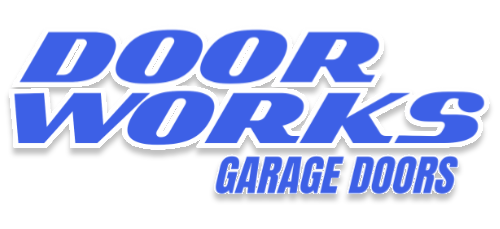We look for dents, rust, paint problems, or other surface damage to the door.
What does a 26-Point Inspection include?
Your peace of mind...on us!
Motor Condition
We inspect the garage door opener’s motor to ensure proper operation, no unusual noises, and no signs of overheating or wear.
Gear & Sprocket
We examine the internal gears and sprockets in the opener for wear or damage, as worn gears can cause opener failure.
Safety Sensors
We check the sensors near the bottom of the door; these are designed to detect obstructions and prevent the door from closing on people or objects.
Opener Rail
We look at the long metal rail that guides the garage door opener’s arm. Checks for bends or misalignment that could impair smooth operation.
Belt, Chain, or Screw Drive (Depending on Unit)
We evaluate whichever drive system moves the door: belts for quieter operation, chains for strength, or screw drives for fewer moving parts. Checks for tension, wear, or lubrication needs
Opener Wiring
We inspect all electrical wiring going to and from the opener for damage, loose connections, or exposed wires.
Remote Transmitters
We test remote controls for proper signal transmission and range. Checks batteries and any visible damage
Keypad
We inspect the external keypad for weather damage, button operation, and reprogramming if needed.
Exterior of Door (Overall Condition)
Bottom Seal
We assess the rubber seal at the bottom for cracks or wear, which can allow pests or water inside.
Exterior Trim
We review the trim around the door for gaps, rot, or loose sections that could affect insulation or door stability.
Door Panels
We check all individual panels for bowing, cracking, or separation.
Balance Test
We test if the door stays halfway open without drifting, indicates proper spring tension and balance.
Safety Reversal Test
We ensures the opener reverses when encountering resistance or when the safety sensors are blocked—a critical safety feature.
Surge Protector Present/Working
We confirm if the system is protected against power surges, which could burn out the opener or safety sensors.
Operator Reinforcement Bracket
We check for a metal or steel bracket connecting the opener to the door, reducing stress and risk of tearing.
Strut Needed or Present
We identify whether a reinforcing strut (horizontal support bar) is present or required to prevent panel bending.
Tracks (Alignment & Condition)
We inspect the metal tracks on either side for dents, misalignment, or debris.
Spring Pad Condition
We examine the mounting block for the torsion spring system, ensuring it’s secure and undamaged.
Springs (Condition & Damage)
We look at the main springs that lift the door, watching for gaps, rust, or damage—broken springs are dangerous.
Bearings
We evaluate the smoothness and wear of bearings that help the shaft rotate freely.
Drums
We inspect the drums (round wheels on each end of the torsion bar) for cracks or wear that could cause uneven lifting.
Cables
We check steel cables for fraying, rust, or slack—cables do most of the heavy lifting and pose safety risks if damaged.
Torsion Tube
We examine the metal tube that houses the springs for bending, warping, or cracks.
Hinges & Brackets
We inspect the metal pieces holding the door sections together for cracks, bends, or loose screws.
Rollers & Ceiling Mounts
We check the rollers that guide the door in the tracks and mounts securing the tracks to the ceiling for smooth operation and secure attachment.
Regular inspections can help catch minor issues before they become major, costly repairs!
